
AS the year wears on it gets harder to identify the bees in the garden. I seem to see a lot of larger bees with tapering abdomens, but I’m unsure whether they’re queen bumblebees or cuckoo bees. The smaller workers all seem to look the same, too. However, looking at the flowers they’re visiting helps, because some bees have shorter tongues than others so they tend to visit flowers with simpler shapes.
At the moment we have lots of honey bees feeding on annual borage (Borago officinalis), which germinated after the summer rains. This coarse-leaved annual has blue starry flowers and these are often floated in drinks, although anything acidic, like a slice of lemon, turns the cornflower-blue flowers pink. Members of the borage family are all nectar-rich and their flowers have the ability to replenish nectar quickly. Comfrey, pulmonaria, brunnera, forget-me-not and echium are also good bee plants.
Honey-bee tongues measure (6.6mm) in length, which is roughly 1 ⁄4in, although they can extend their tongues to 7mm in order to access the smaller late-season flowers of red clover. Early red clover flowers are larger in size and only accessible to bumblebees – an observation made by Charles Darwin in the 19th century.
This story is from the October 17, 2020 edition of Amateur Gardening.
Start your 7-day Magzter GOLD free trial to access thousands of curated premium stories, and 8,500+ magazines and newspapers.
Already a subscriber ? Sign In
This story is from the October 17, 2020 edition of Amateur Gardening.
Start your 7-day Magzter GOLD free trial to access thousands of curated premium stories, and 8,500+ magazines and newspapers.
Already a subscriber? Sign In
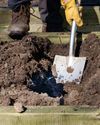
To dig or not to dig?
Should we be carrying out a full dig on plots now? Bob considers the pros and cons of the 'autumn dig' debate
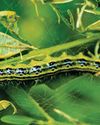
The box ball blues
As if his beleaguered box hadn't already taken a beating, Toby now has to deal with some hungry box caterpillars
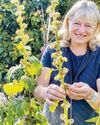
Save your own seeds
Masterclass on: seed saving
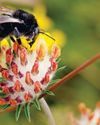
Strange sightings
Three unusual insects turn up in Val's garden in one day
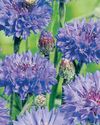
A bolt from the blue!
Cornflowers are perfect for garden and vase
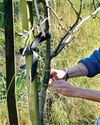
Winter moth prevention
Ruth shows you how to avoid maggoty tree fruits
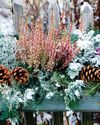
Create a winter container
There are as many options as in summer
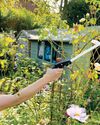
Lightweight gardening tools
AS well as being good for our mental health, gardening is also great exercise.
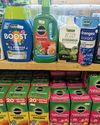
Autumn price round-up
AG finds better bargains in lesser-known brands
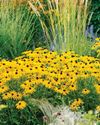
Rudbeckias
Rudbeckias are ideal for sunny summer patios and borders, with some able to survive our coldest winters